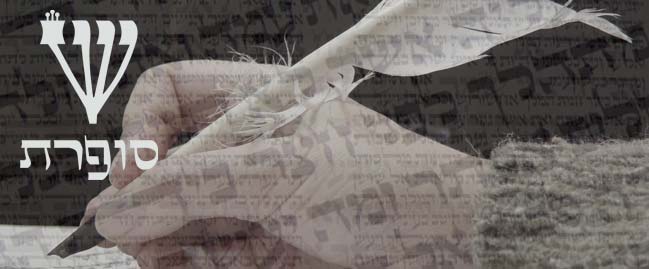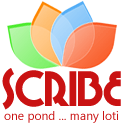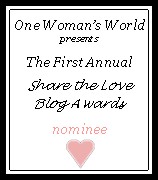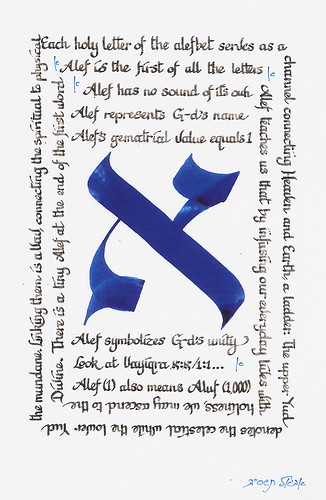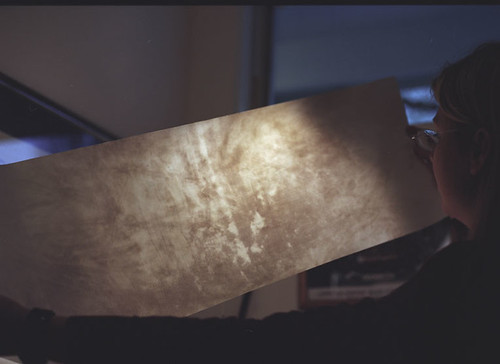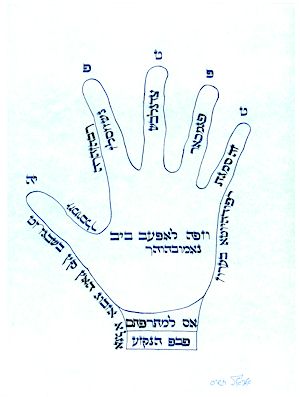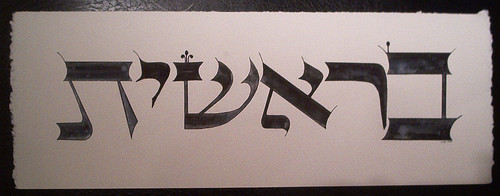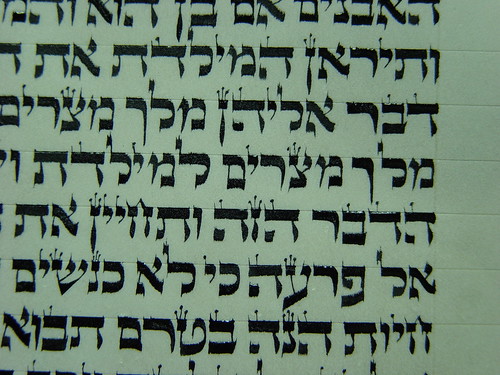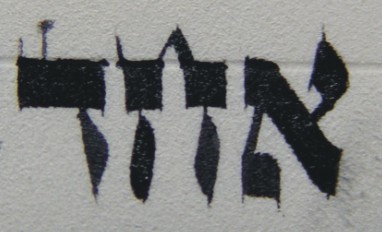FAME MAKES A MAN THINK THINGS OVER...
BS"D
I decided to experiment with the hazardous occupation of self-promotion, just to see how this animal works. It's untamed, this I understand, but I'm still curious. To this end, I have included some links to the right side-bar under the category "SHAMELESS SELF-PROMOTION" to various press articles about me & my work...
...or are they? Each time a new piece comes out, sometimes without my being interviewed or even knowing about it, I am fascinated by what spin the journalist chooses to give it. I am also occasionally alarmed by some of the errors. This is one of the reasons why I keep a blog - to make statements in my own voice that I can take responsibility for - unless somebody quotes me out of context, of course ;+>
I have noticed, for example, that every *single* writer I have ever spoken to has written without any hesitation that I am the first soferet in the history of the world, that I am the first woman to write a Sefer Torah. I assure all you readers out there, that I have never made that claim. In the beginning of the press attention, I simply said that I didn't know, that I couldn't be sure, that I didn't want to make a claim that I couldn't prove. But the following week, there I was, The First. The Only.
Now as time has worn on, I'm becoming more & more convinced that a woman *must* have written a Sefer Torah before, based on what I am learning & reading in my "spare" time & recording in this blog. Each time I speak to a journalist I say, "You know, I don't think I *am* the first, but I don't know who was. Someone other than myself should be researching this."
Now, I think that being unusual (very few women have been sofrot) rather than unique (there has never been any sofrot) is still a good, newsworthy story. But I don't have to sell papers. & yes, I do realise that this image the press is constructing of me will lead to more press & maybe more gigs & jobs & all that. But I don't actually want to be famous. Fame is false & ugly & just ask any famous people about having no privacy & people gossipping about them all the time. I DON'T WANT THAT!
All I want is to have a steady amount of work that I enjoy & feel priviledged to execute so that Joel & I can have a nice little life where we focus on G@d & each other & Torah & our families & friends...just enough so that we don't have to struggle financially. But I'm not interested in celebrity. How could I market myself effectively, anyway? Being Orthodox, I'm not available to participate in the provocative behaviour of, say, oh, pick any pop star you see on TV. & that seems to be the only way to make a buck these days, by selling out.
Or of course if G@d sends you the brakhah of parnasa :)
Then you're set.
As Tevye said in Fiddler on the Roof, in response to Perchik's comment that "Money is the World's curse":
"May the good L@rd smite me with it! And may I never recover!"
Please feel free to comment (constructively, please) on the content of any of the articles I have included in my new experiment.
